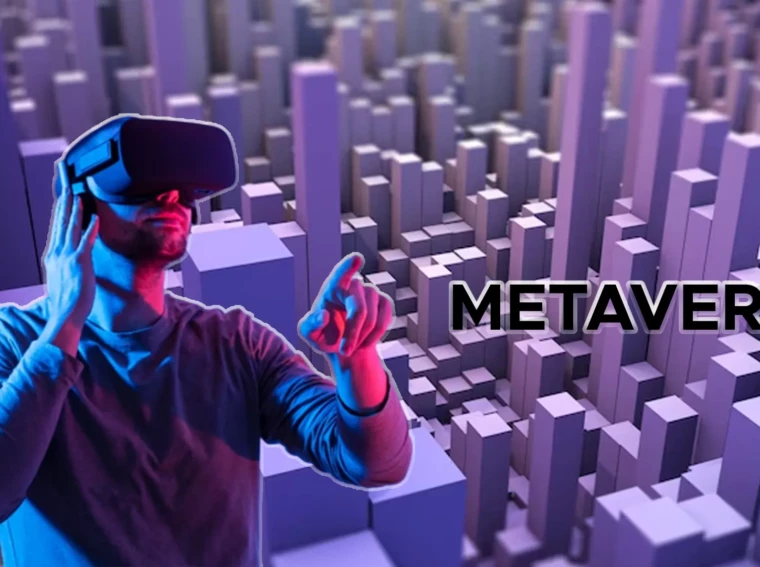- The Metaverse has opened up new paths of creativity and expression for architects and designers.
- As it has no geographical boundaries or physical laws, the designs are bound to be creative and unique.
Lately, the boom of non-fungible tokens (NFTs), blockchain-based applications, and decentralized finance (DeFi), have all contributed to the popularity of the metaverse. The metaverse is a virtual space that imitates the real world around us and is accessed through Virtual Reality (VR) and Augmented Reality (AR) technology. People roam the digital world in their avatars and engage in different activities, such as commerce or simply entertainment.
Investors have shifted their attention to this lucrative opportunity and everyone is heavily investing to own virtual land. These lands are further constructed and developed to turn them into concert halls, work offices, malls, showrooms, or houses to gain monetary returns from them. The space is also rented out to celebrities, companies, or other users.
In the physical world, the task of designing and constructing buildings is imposed upon architects and builders, who construct buildings based on several factors. These include the fundamental designs that abide by the physical laws, the local regulations in the place like fire safety and sewage, the cost of the project, and lastly, the overall look of the building after completion.
Architects in Metaverse
Metaverse projects also require architects to design buildings, however, they have more freedom compared to before. Now they have no physical laws to consider, the cost of materials is nothing, and there are no specific regulations to follow except some in-game rules.
Previously, the design was made using pen and paper, but with advancements in technology, architects moved over to software. Now, almost the whole designing part is done using software like AutoCAD, which has become a must-know tool for architects to survive. For the metaverse as well, the design will be primarily software and code-based, with architects having full freedom to express their creativity, voice, and expression.
To fully explore the potential, architects have also engaged in virtual showrooms. Compared to the traditional methods where only photos or a catalog were provided, these showrooms allow users to view their property from a 360-degree angle. They can roam freely on their property and achieve a high level of customization.
Architects can simulate several situations like day, night, summer, spring, winter, and other seasons to attract potential customers. A virtual tour of some days can be provided to learn the habits and choices of the customer. Through the data collected, a user-centric approach can be followed, which is bound to keep them hooked up to the property. With advancements in the fields of Artificial Intelligence (AI) and Machine Learning (ML), architects can also use them to predict the patterns of potential customers and design accordingly.
The architectural design generally represents the culture and history of the place. With the metaverse opening gates for people around the world, architects can dive beyond cultural limitations and even opt for mixed cultures. Virtual showrooms allow people from all over the globe to visit places and reduce the cost of physical visits.
Architects can have instant feedback on their designs only in the design stage, with users pinpointing areas for change or improvement. This largely reduces the costs associated with reviewing the design using traditional methods and reduces the gap between clients and architects.
Conclusion
Many designers also go with digital twinning, where they create a digital twin of any real-world building but only a digital one, to provide a sense of familiarity to new users. Designs should be made while considering social interactions between avatars as the heart of the metaverse, with people leaping geographical limitations to meet and greet each other. With time, the line that separates the digital and real worlds is slowly blurring and architects should adapt to the latest trends to not get lost in the rapidly evolving world.

